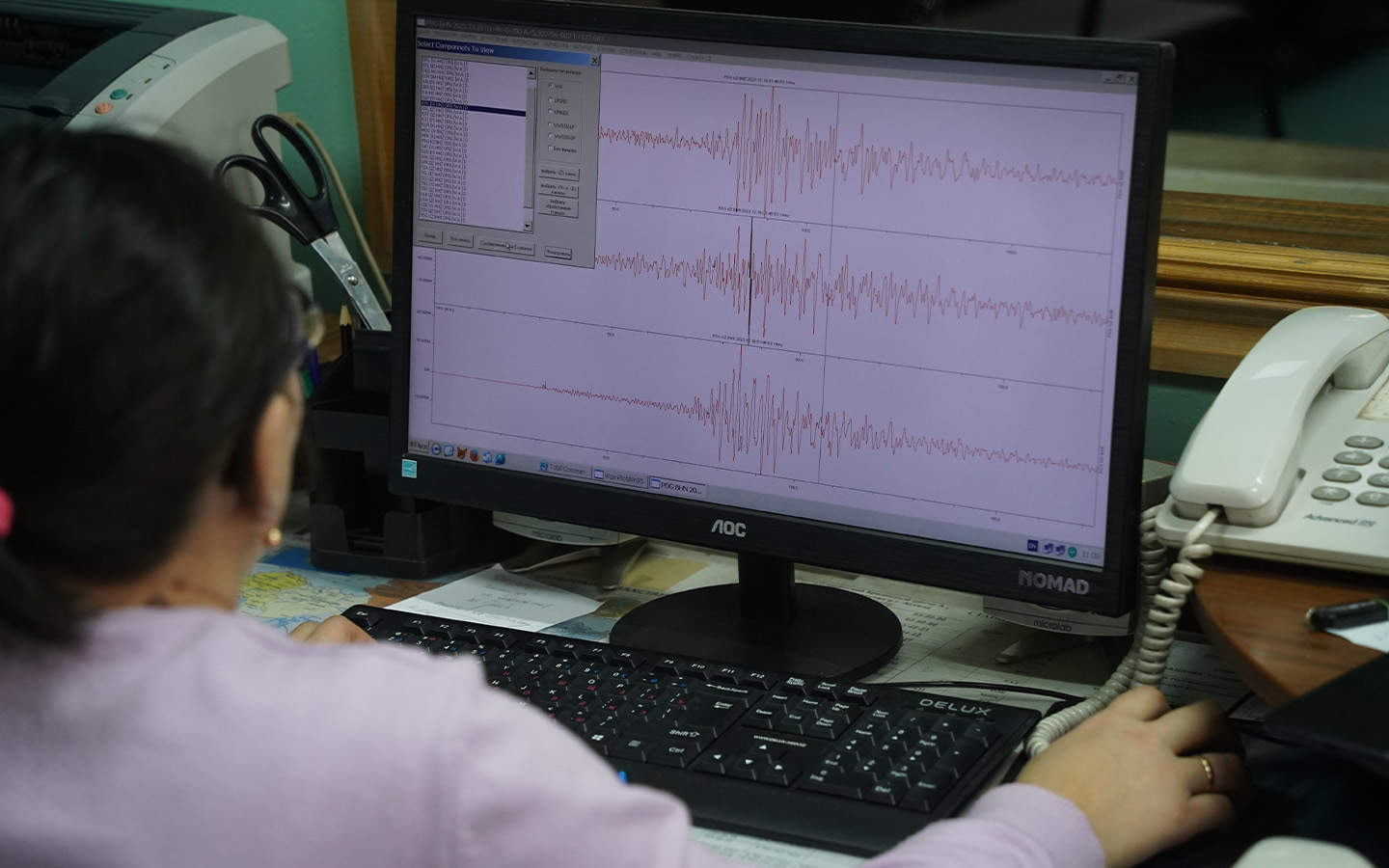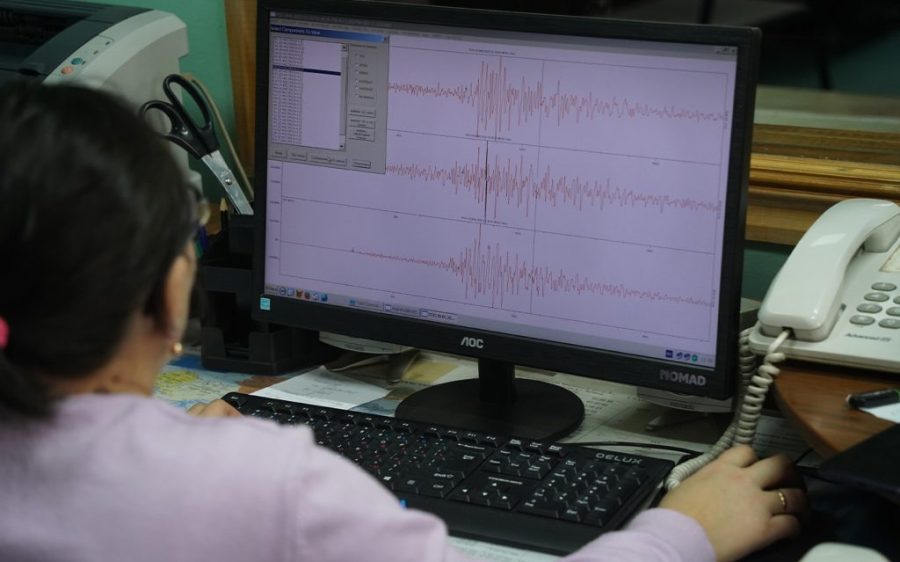Rumours of a catastrophic disaster occurring in Japan on 5 July have been flooding social media and major television network broadcasts, sparking widespread concern and postponed travel plans.
According to Japanese national broadcaster NHK, over 1,400 videos on the prediction have been posted online in many languages, garnering more than 100 million views. So many people have been spooked by the prophecy that Japan’s tourism industry is feeling the pinch, with airlines reporting sharp declines in sales for Japanese destinations.
[See more: How currency swings are going to be affecting summer vacations]
So where have all these weird rumours come from? Read on for what you need to know.
The earthquake rumours started with a manga author called Ryo Tatsuki

In July 1999, Ryo Tatsuki, now aged 70, published Watashi ga Mita Mirai (The Future I Saw) which was purportedly based on her own dream diary. In the manga, she claimed that her dreams often had connections to disasters in real-life.
She professes to have predicted the death of Freddie Mercury, the lead singer of Queen, and the Kobe earthquake in 1995 that killed more than 6,000 people. Most notably, her fans believe that she foresaw the Tohoku earthquake and tsunami and subsequent Fukushima nuclear crisis that took place on 11 March, 2011 – even though Tatsuki did not give a specific date or location for the disaster. She merely claimed to have jotted the words “A big disaster in March 2011” in her dream journal. This was enough to win her enormous attention.
[See more: The ultimate guide to the best Otaku shopping spots in Macao]
In 2021, Tatsuki released Watashi ga Mita Mirai Kanzenban (The Future I Saw: The Complete Edition) in which she predicted that the next major disaster would occur in Japan on 5 July 2025 – this one involving a tsunami three times larger than the one in 2011 that could also hit nearby countries like the Philippines, Taiwan and Indonesia.
In the bestselling comic book, characters describe the sea south of Japan as “boiling” with big bubbles, which is interpreted as a sign of an underwater volcanic explosion. The epicentre of the disaster is illustrated as a diamond-shaped region that links Japan, Indonesia, Taiwan and the Northern Mariana Islands, with two dragon-like shapes heading towards this area.
In Hong Kong, where Ryo Tatsuki’s book garnered a lot of attention, a feng shui master by the name of Qi Xian Yu has also predicted that a huge earthquake will strike Japan sometime between June and August, warning travellers away from “countries in the northeast direction, such as Japan and South Korea.”
The Chinese embassy in Japan didn’t help by issuing a poorly timed advisory
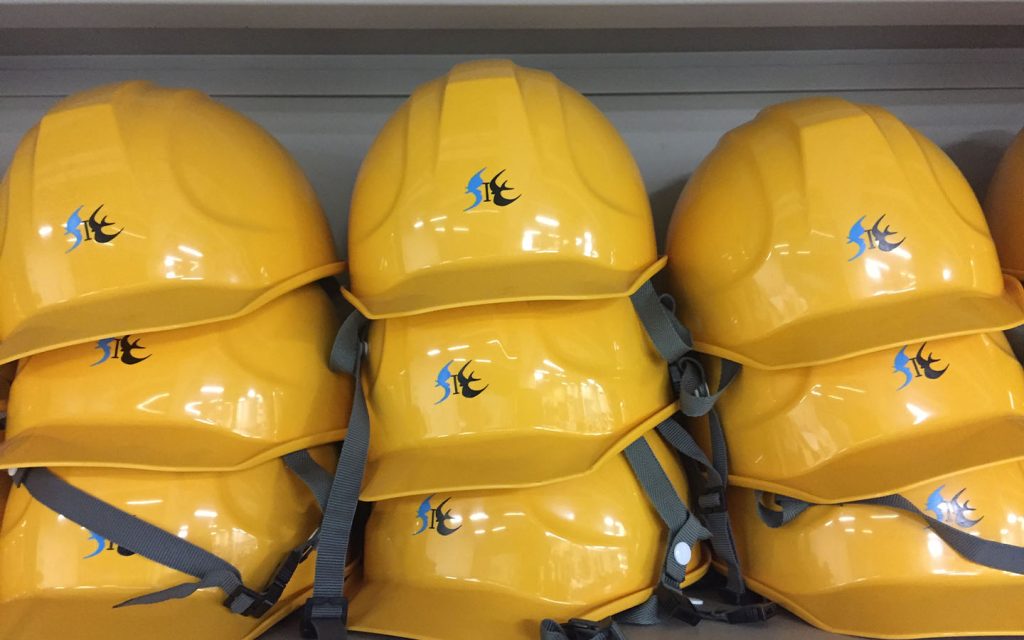
To make matters worse, the Chinese embassy in Tokyo issued a post on its website on 14 April, warning Chinese nationals who plan to visit or are living in Japan to take precautions against natural disasters, to register with the embassy, and to ensure that any property they buy adheres to earthquake codes.
The routine advisory was not made in response to any prediction but to a Japanese government report on 31 March on the possibility of a major earthquake in the Nankai Trough, a 900-kilometre undersea fault which runs from Shizuoka, west of Tokyo, to the southern tip of Kyushu island.
[See more: Here’s what to do if you lose your Macao passport while travelling]
Experts estimate that up to 298,000 people could die if a magnitude 9 earthquake occurs in the region south of the country’s Pacific coast, affecting coastal cities such as Nagoya, Osaka and Kobe. But there is no suggestion that a quake is imminent. Instead, researchers believe there is an 80 percent chance of such a quake in the next 30 years.
Researchers have also recently warned of a potential earthquake, with a magnitude of 8.8 or higher, occurring near the Chishima Trench. Again, the quake is not believed to be imminent, Instead, there is a 40 percent chance of it happening in the next 30 years.
The impact on Japan’s inbound tourism industry has been severe
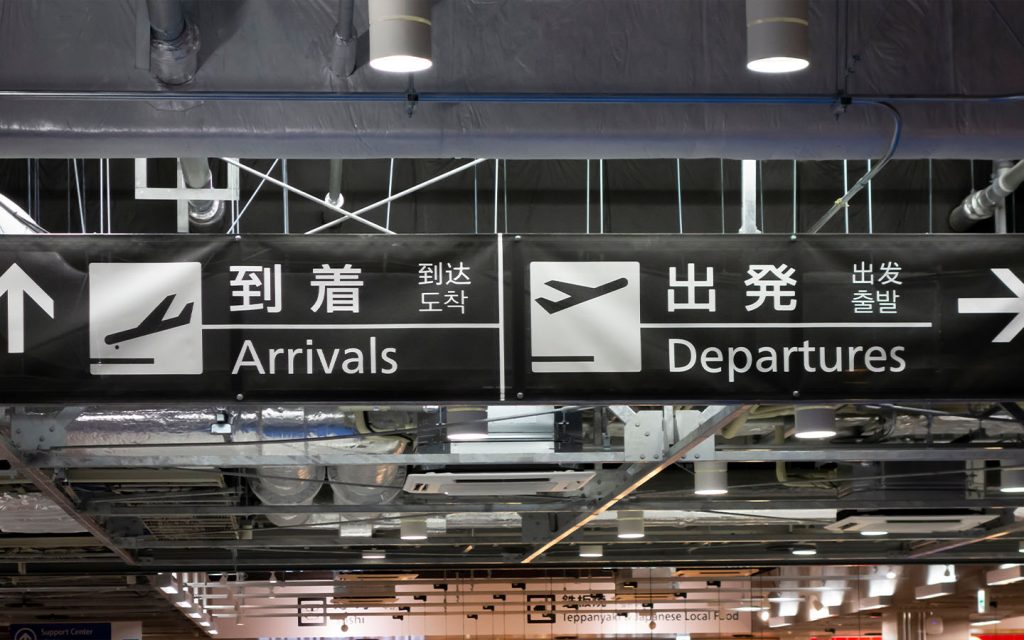
Many local government and tourism operators are reportedly stunned by how quickly the rumours have translated into real damage to airlines and the tourism industry.
Greater Bay Airlines has reduced flights to and from Japan, after noticing reservations were 30 percent lower than expected. It has also suspended its weekly round-trip flights from Hong Kong to Tokushima, starting from 13 May and continuing until 25 October. Similar cuts are being made to flights headed for other Japanese cities, including Fukuoka, Sendai and Sapporo.
[See more: Hokkaido in northern Japan has been buried under record-breaking snowfall]
Yuen Chun Ning, the managing director of a Hong Kong travel agency, told media that traveller numbers for the summer and beyond are sparse, with customers ignoring discounted fares and guaranteed refunds if a major earthquake strikes before their departure. Instead, they are opting for destinations like Australia or the UAE, Yuen says, adding that he can’t recall a previous occasion when an internet rumour had such an impact on travel.
Scientists say the predictions are utter nonsense
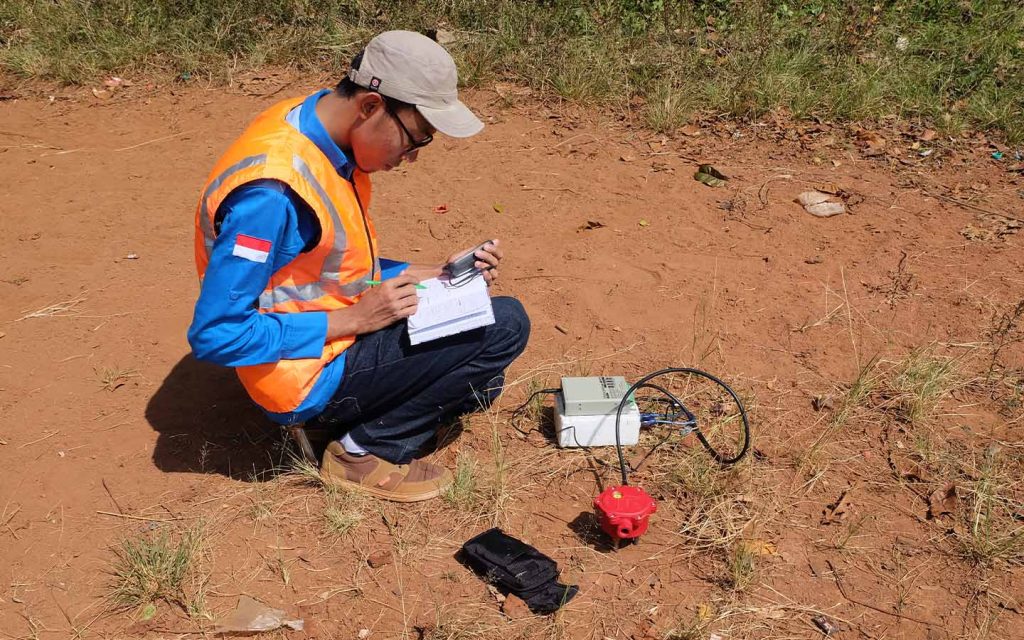
Sekiya Naoya, a professor at the University of Tokyo, told media that the rumors do not have a scientific basis and that spreading these groundless rumours would only fuel unnecessary fear. “There is no way, with today’s science, to predict exactly when and where an earthquake will occur,” he told Japanese broadcaster NHK.
Another professor, Kimiro Meguro, of disaster mitigation engineering at Tokyo University also said it was “not possible” for a manga published four years ago to accurately predict a major earthquake this year, and that it was “not using a scientific approach to seismology… Rumours like this only make people nervous and groups of people who are nervous can be dangerous in a different way.”
Meanwhile, Governor Yoshihiro Murai from the Miyagi Prefecture said “I think it’s a major problem that this information, based on rather unscientific evidence, is spreading on social media and having an impact on tourism.” Governor Masazumi Gotoda of Tokushima Prefecture agreed, adding: “There is no reason to worry because Japanese are not fleeing abroad … I hope people will ignore the rumours and visit.”
[See more: China could resume Japanese seafood imports by mid-2025]
The Cabinet Office also said on its social media account that it was beyond the capabilities of science to accurately predict the location and timing of a major natural disaster such as this one.
According to Japan Today, predicting the occurrence of earthquakes for a second time is not an easy feat, even for those making predictions using scientific means, therefore it would be “safe to say that you wouldn’t be taking a greater risk visiting Japan on July 5 than you would on any other day.”
